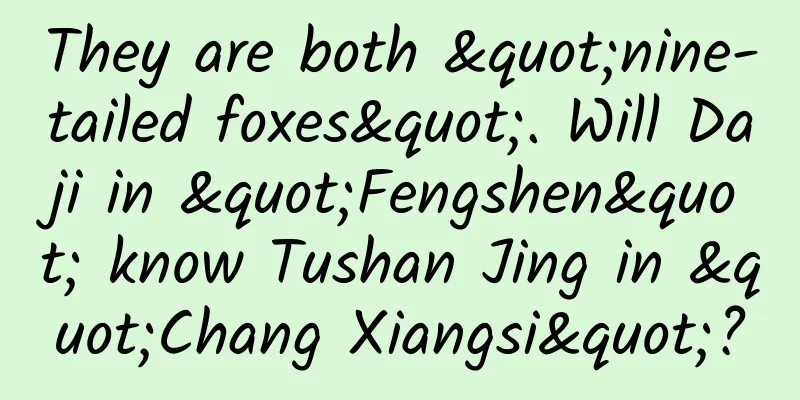These strange-looking "lumps" turned out to be the weights used by ancient people!

|
A set of bronze weights from the Yuan Dynasty, ranging from 7 to 9 cm in height. Made of brass, cast in a mold, octahedral, bottle-like, with a hole on the top button and a stepped inverted trapezoidal button at the bottom. The base is slightly wider than the weight, which is flat and angular. On the back of the weight are inscriptions in regular script: "Qian" and "Guanzao". The term "measurements and weights" comes from "Shangshu·Shun Dian", "coordinate the time, the moon and the sun, and unify the laws of measurement and weights", and "measurements" refers to the weight. In the Warring States Period, "Mozi·Jingshuoxia" recorded that "a balance is weighed by adding weight to one side. The weight and weight are similar. When weighed, the base is short and the mark is long. When the two are added, the weight is similar, so the mark must be lowered, and the mark is right". During the Spring and Autumn Period and the Warring States Period, the princes were divided, and the weight units included anchor, zhu, silk, money, liang, yi, zhong, jin, jun, shi, bell, ju, drum, scale, and heng. Some of these units have different names but the same meaning, and some have the same name but different meanings; some are legal names, and some are folk customary usage. ( The Chu wooden balance copper ring weight was unearthed in Zuojiagong Mountain, Changsha, Hunan in 1954. It is a standard measuring instrument of the Chu State during the Warring States Period. The wooden balance rod is 27 cm long and the copper plate is 4 cm in diameter. The weights of the ring weights are one zhu, two zhu, three zhu, six zhu, twelve zhu, one liang, two liang, four liang, and half a catty. Using the half-catty weight, one catty is equivalent to 250 grams. It is now stored in the National Museum of China and the Hunan Provincial Museum. The picture comes from the Internet) After the Qin Dynasty unified China, in order to consolidate the centralization of power and develop production, "one standard for weights and measures, one standard for wheels, and one standard for writing". The copper weight is the standard of national weights and measures, and as a standard for weights and measures, it has important historical value. Qin Shihuang's unification of weights and measures not only promoted the development of weights and measures, but also laid the foundation for the weights and measures system of feudal society. (The iron weight of the imperial edict of the 26th year of Qin Shihuang was unearthed in Baofeng, Henan in 1986. It is 15.80 cm high, 25 cm in diameter, and weighs about 30 kg. The inscription on the imperial edict reads from right to left: "In the 26th year, the emperor annexed all the princes and common people in the world and established the title of emperor. He ordered the prime minister to review the laws and measures and clarify any inconsistencies." It is now in the collection of the Henan Museum. The picture comes from the Internet) In the early Yuan Dynasty, Emperor Shizu implemented Han laws and gradually established a bureaucratic system suitable for the Central Plains. After Chengzong succeeded to the throne, he continued to implement Shizu's enlightened policies. At this time, society was stable, the economy was prosperous, foreign trade gradually recovered, and the market demand for copper weights increased. At the same time, the autocratic centralized political system ensured that the casting and issuance of copper weights were strictly carried out in accordance with the regulations. ( Selling fish , a partial mural of the Water God Hall in Guangsheng Temple in Hongdong, Shanxi. The main scene shows an official holding a scale bar trading with a fisherman, vividly reflecting the commodity trading and secular scenes of the Yuan Dynasty. The picture comes from the Internet) The Yuan Dynasty government repeatedly prohibited private casting of measuring instruments. The Ministry of Industry first manufactured standard instruments, and then the general administration offices across the country copied and cast them. "The scales used by the people in the streets were made according to the samples issued by the provinces and ministries. The Darughachi officials in charge of the roads were commissioned to compare and verify the similarities. After the seals were stamped, they were issued to various places for public and private use" ("Yuan Dianzhang"). During the Yuan Dynasty, weights were divided into heng weights and jin weights. Heng weights were used to weigh valuable items and were smaller in size, while jin weights were used to weigh heavy items. The Yuan Dynasty was an important period of ethnic integration in Chinese history. China's trade with countries around the world was very prosperous. The large number of Yuan Dynasty copper weights handed down and unearthed witnessed the economic prosperity at that time. At present, it has been found in China that many copper weights from the Yuan Dynasty are cast with place names such as "Dadu Road", "Nanjing", "Zhongshan Prefecture", "Jinan Road", "Yuanzhou Road", "Pingxiang Prefecture", and "Xinyu Prefecture". The reign titles cover the early, middle, and late periods of the Yuan Dynasty. In later generations, small copper weights gradually evolved into beam balances, which still play a role in production and life with their simple shape and convenience of carrying and use. References Cai Ming. A preliminary study on copper weights of the Yuan Dynasty[J], Cultural Relics, No. 6, 2013 |
Recommend
What is the difference between personal payment code and merchant payment code? How to change to merchant payment code?
Personal payment codes are now built-in modules o...
Android event distribution mechanism
Event distribution mechanism Android event distri...
Traffic is becoming more and more expensive. How can we achieve high conversions with a low budget?
I guess everyone has been bidding for some time. ...
15 Children's Day copywritings!
Children's Day is becoming more and more live...
Digital Human Lights the Main Torch of the Hangzhou Asian Games! The First in Asian Games History! How Did It Happen?
On September 23, 2023, at the opening ceremony of...
WeChat has released a major new feature: WeChat Circle Experience
WeChat is no longer just an IM. Since WeChat 4.X,...
The driving force behind Jupiter's continued "fever" has been found, it turns out to be this!
According to our common understanding, the closer...
What are the optimization tips for Toutiao information flow ads? Here is the methodology!
There is too little exposure, why is there no sal...
Product operation and promotion | 5 underlying ideas for traffic growth!
Today I would like to share with you five importa...
The first flight of the "air taxi" was successful! It only takes 20 minutes from Shenzhen to Zhuhai. Is science fiction becoming reality?
On February 27, the electric vertical take-off an...
How to write a certificate for employees returning to work? Template for proof of return to work for employees during the epidemic!
Several months have passed since the outbreak of ...
Why do cats and tigers look so similar?
Regarding cats and tigers, many people have proba...
Sony Z2 full review
The first obvious change is probably the intuitive...
Xiaodu Smart Screen X10 review: Audio and video are just the starting point, interaction and resources are the core competitiveness
"Xiaodu plays xx music", "Xiaodu, ...









